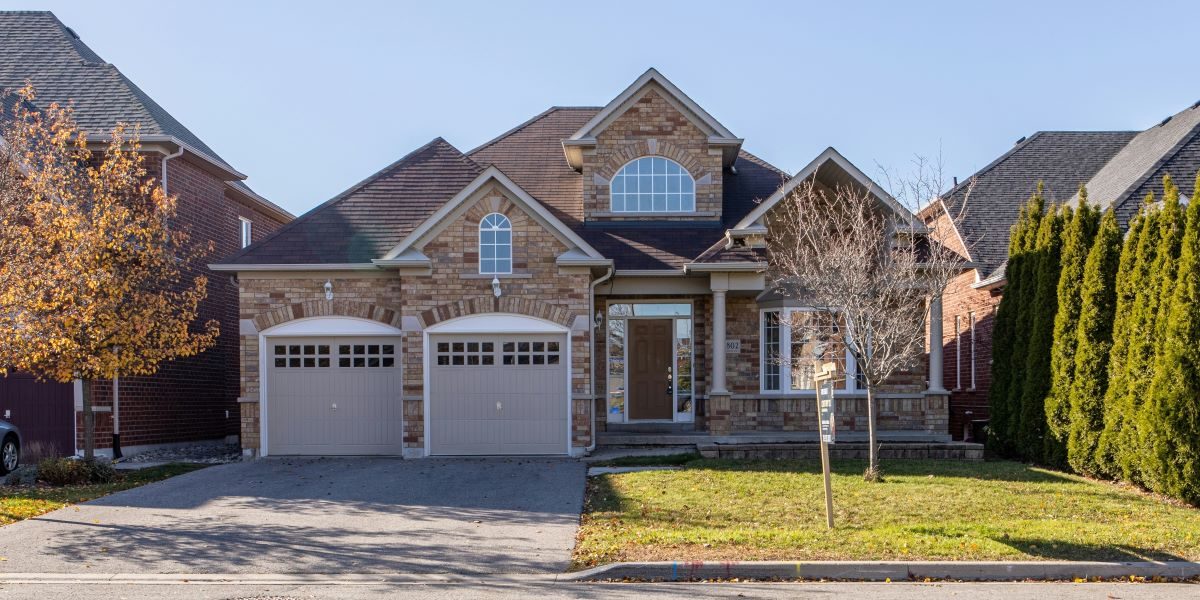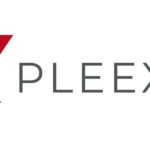By: SEO Mavens
As we delve into the US real estate market in 2025, it is essential to recognize the significant transformations driven by environmental factors and political dynamics. These influences are critical for stakeholders, including investors, homeowners, and real estate professionals, who must navigate a landscape shaped by climate change and evolving governmental policies. This analysis explores how these elements intertwine to affect market trends, housing prices, and buyer behavior.
When examining the needs of buyers, one critical aspect deserves attention. In the process of remodeling properties to enhance market value, the expertise of skilled professionals is vital for homeowners. These specialists provide valuable insights, from evaluating structural requirements to refining interior design, which helps ensure that investments produce favorable returns.
Climate Change and Its Effects on Real Estate
Increasing Natural Disasters
One of the most pressing environmental challenges facing the real estate market is climate change, particularly evident in the recent wildfires in Los Angeles. In January 2025, a series of devastating wildfires, including the Palisades Fire and Eaton Fire, significantly impacted local communities. The Palisades Fire ignited on January 7, consuming over 23,713 acres and resulting in at least 27 fatalities and more than 200,000 evacuations. The intense Santa Ana winds exacerbated the situation, spreading flames rapidly through dry vegetation and damaging over 12,401 structures.
These wildfires highlight how environmental challenges directly influence real estate markets. As buyers become increasingly cautious about investing in high-risk areas like California, property values may stabilize or decline in regions prone to such disasters. Recent analyses indicate that human-induced climate change has intensified these wildfires, with approximately 25% of the combustible materials fueling them attributed to climate factors. This growing awareness of risk is reshaping buyer behavior and market dynamics in vulnerable locations.
Adaptation Strategies
To mitigate the risks posed by climate change, property owners may need to invest in resilience measures that enhance the durability and safety of their homes. This includes retrofitting structures to withstand severe weather events, such as elevating homes in flood-prone areas or utilizing fire-resistant materials in regions susceptible to wildfires. Additionally, some homeowners may choose to relocate to less vulnerable areas, which can be a strategic move to safeguard their investments against the increasing threat of natural disasters.
Sustainability Trends
Moreover, there is a growing trend toward sustainable building practices that reflect a shift in consumer preferences and societal values. Buyers are increasingly prioritizing energy-efficient homes that reduce utility costs while minimizing their overall environmental impact. The integration of renewable energy sources, such as solar panels and energy-efficient appliances, has become more common in residential properties across the country.
This shift not only appeals to environmentally conscious consumers but also aligns with government incentives aimed at promoting green building practices and sustainable living. Additionally, sustainable urban planning initiatives are emerging, focusing on creating green spaces that enhance community resilience while providing ecological benefits.
These developments reflect a broader societal shift toward sustainability, encouraging homeowners to invest in features that reduce their carbon footprint and contribute positively to the environment. As a result, properties that incorporate sustainable elements are likely to see increased demand and higher resale values in the future, which makes them more competitive in the real estate market.
Political Factors Influencing the Market
Regulatory Changes
Political decisions significantly shape the real estate landscape through regulatory changes that dictate land use and development practices. Zoning laws and land use regulations determine what can be built and where directly impacting supply and demand dynamics in various markets across the country.
In recent years, many local governments have begun to relax zoning restrictions to address housing shortages, particularly in urban areas where demand continues to outpace supply. These changes can lead to increased housing supply, potentially stabilizing or lowering prices in overheated markets.
Additionally, evolving zoning policies are increasingly accommodating mixed-use developments, which combine residential, commercial, and recreational spaces. Such flexibility not only promotes vibrant communities but also encourages higher property values as these areas become more desirable for living and working.

Tax Policies
Tax incentives also play a crucial role in shaping market conditions and influencing buyer behavior. For example, policies that favor first-time homebuyers can stimulate demand and drive up prices, making homeownership more accessible for many individuals. Conversely, increases in property taxes may deter potential buyers or lead existing homeowners to sell their properties, which alters market dynamics significantly.
Furthermore, local governments are exploring innovative tax relief programs aimed at revitalizing distressed neighborhoods by providing financial incentives for renovations and improvements. These initiatives can enhance property values while attracting new residents and businesses to the area, and ultimately contributing to a more robust real estate market.
Government Programs
Federal programs aimed at increasing affordable housing availability are another political factor influencing the market. Initiatives from the Department of Housing and Urban Development (HUD) focus on improving housing affordability through various subsidies and grants for low-income families.
Such programs can enhance market activity by enabling more individuals to enter the housing market. Additionally, states are implementing their own programs to support affordable housing development, including streamlined permitting processes and funding for community land trusts. These efforts not only address immediate housing needs but also foster long-term stability in the real estate market by promoting diverse housing options that cater to various income levels.
Market Predictions for 2025
Home Prices
Forecasts indicate that home prices will continue to rise but at a moderated pace compared to previous years. According to Zillow’s predictions, home values are expected to increase by approximately 2.6% in 2025. This growth reflects a normalization following the rapid price escalations seen during the pandemic.
 Sales Volume
Sales Volume
The volume of existing home sales is anticipated to reach about 4.3 million transactions in 2025, up from approximately 4 million in 2024. This increase suggests a gradual recovery from previous stagnation periods as more buyers enter the market.
Mortgage Rates
Mortgage rates are expected to experience fluctuations throughout 2025 but may trend downwards overall. Economists predict rates could settle in the low-to-mid 6% range by year-end. Lower rates could enhance affordability for buyers, although challenges related to rising insurance premiums and property taxes may persist.
Final Words
The interplay between nature and politics will profoundly shape the US real estate market in 2025. As climate change continues to pose challenges through increased natural disasters and shifting buyer preferences toward sustainability, stakeholders must adapt accordingly. Political factors such as regulatory changes and government incentives will further influence market dynamics.
Published by Iris S.


















